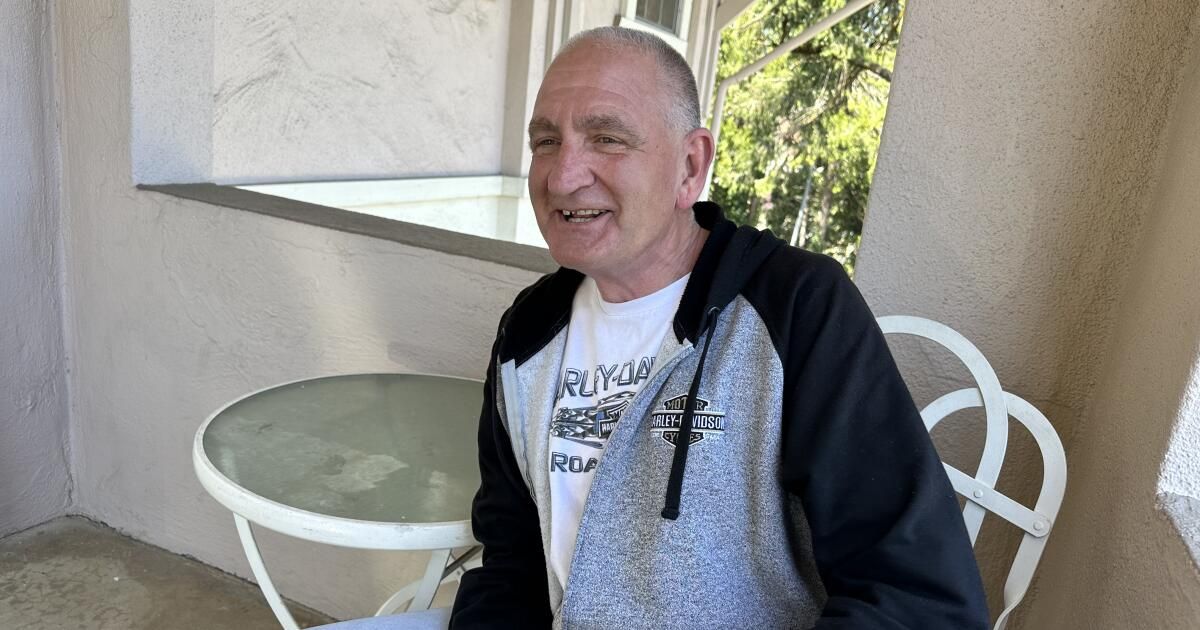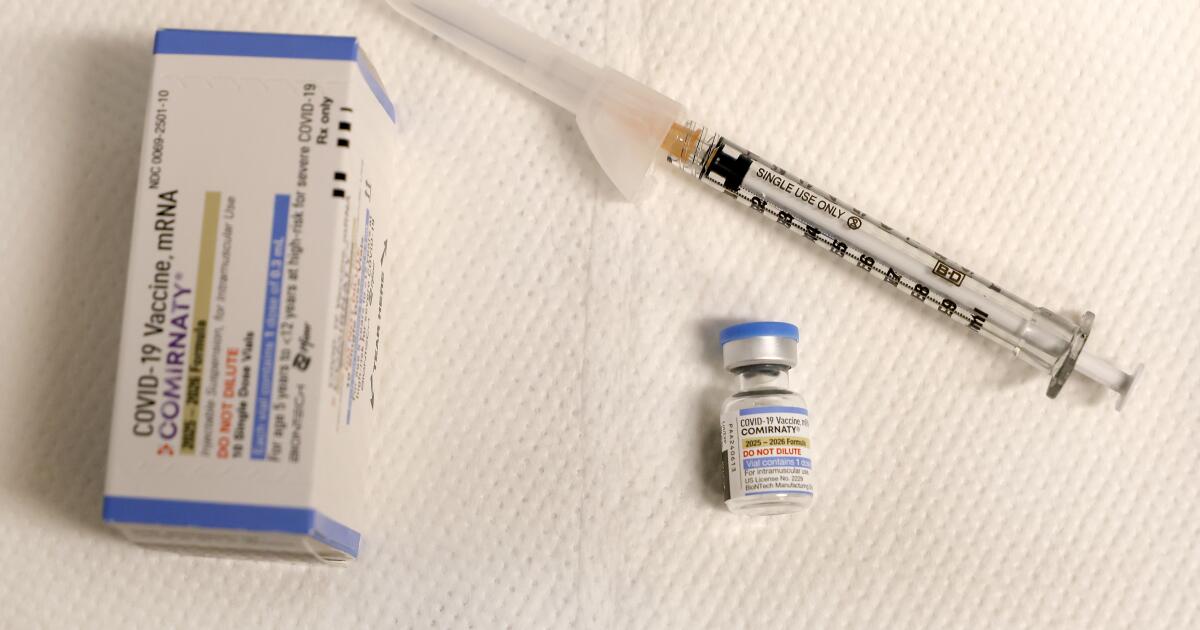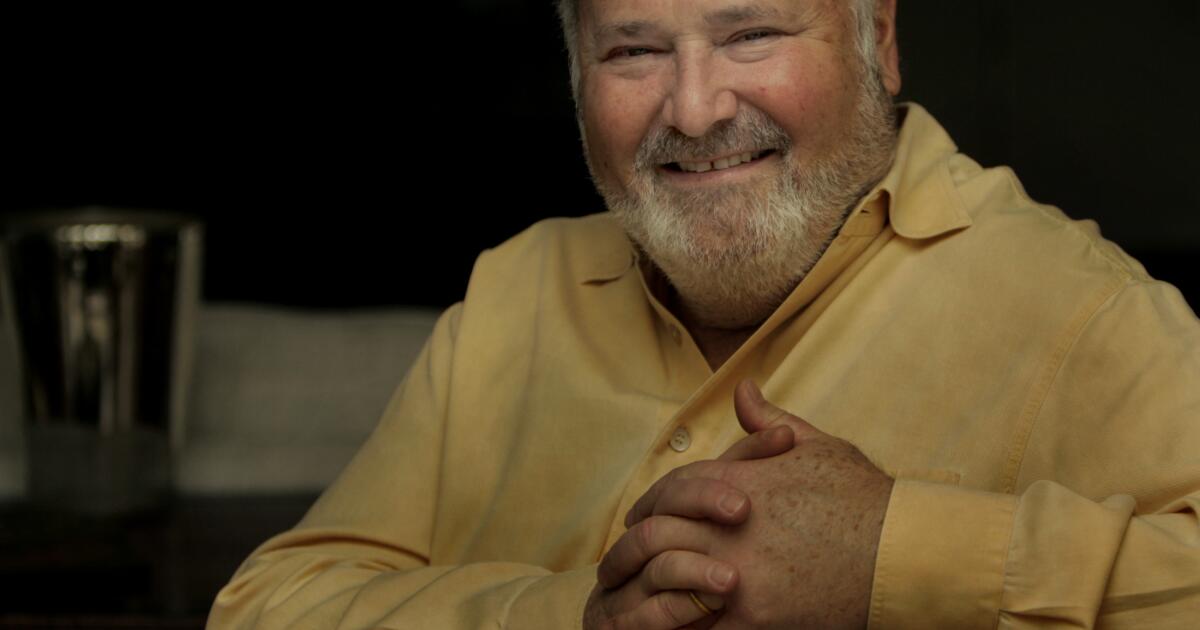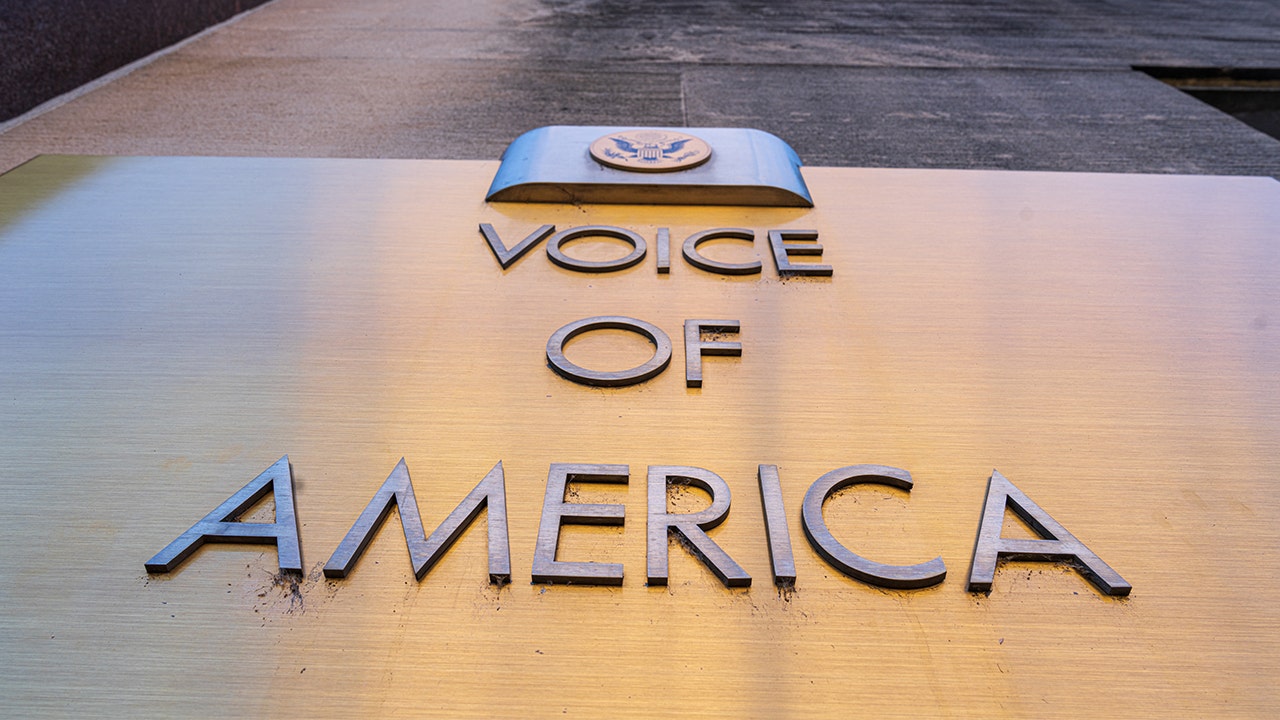Here, in the rugged foothills of California's Sierra Nevada, the streets aren't littered with needles and dealers aren't selling drugs on street corners.
But meth is almost as easy to come by as a hazy IPA or locally grown weed.
Quinn Coburn knows the lifestyle well. She has used methamphetamine for most of her adult life and has spent five stints in prison for dealing marijuana, methamphetamine and heroin. Coburn, 56, wants to be sober forever and says an experimental program through Medi-Cal, the state's Medicaid program for low-income people, is helping.
As part of an innovative approach called “contingency management”, Coburn provides a urine sample and is paid for it, as long as it is free of stimulants.
In the next fiscal year, the state is expected to allocate $61 million to the experiment, which targets addiction to stimulants such as methamphetamine and cocaine. It is part of a broader Medi-Cal initiative called CalAIM, which provides social and behavioral health services, including addiction treatment, to some of the state's sickest and most vulnerable patients.
Since April 2023, 19 counties have enrolled a total of about 2,700 patients, including Coburn, according to the state Department of Health Care Services. In Los Angeles County, public health officials cited contingency management as one of the only effective ways to treat stimulant use disorder. Los Angeles has 42 participating providers and has served 1,566 people, the most of any county, the department said.
Common Goals, a Nevada County nonprofit, has enrolled more than a dozen people in a California program that pays Medicaid participants who use methamphetamine, cocaine and other amphetamines to stay sober.
(Angela Hart/KFF Health News)
“It's that little detail that holds me accountable,” said Coburn, a former construction worker who has repeatedly tried to kick his habit. He is motivated to stay clean and fight criminal charges for drug and firearm possession, something he strongly denies.
Coburn received $10 for every clean urine test he performed during his first week in the program. Participants get a little more as they go: $11.50 per test in the second week, $13 in the third week, and rising to $26.50.
They can earn as much as $599 a year. By mid-May, Coburn had completed 20 weeks and earned $521.50.
Participants receive at least six months of additional behavioral health treatment after the urine test is completed.
The state has invested a lot of money and effort to curb opioid addiction and fentanyl trafficking, but stimulant use is also skyrocketing. According to the state Department of Health Care Services, the death rate of Californians from these types of drugs doubled from 2019 to 2023.
Although cutting-edge treatment may work with opioids and other drugs, California has prioritized stimulants. To qualify, patients must have moderate to severe stimulant use disorder, with symptoms such as strong cravings for the drug and prioritizing it over personal health and well-being.
Substance use experts say incentive programs that reward participants, even in small ways, can have a powerful effect, especially among methamphetamine users. TO growing body of evidence indicates that such programs can lead to long-term abstinence.
“The way stimulants act on the brain is different than how opiates or alcohol act on the brain,” said John Duff, senior program director at Common Goals, an outpatient drug and alcohol counseling center in Grass Valley. , in Nevada County, where Coburn is receiving treatment. . “The reward system in the brain is more activated in amphetamine users, so receiving $10 or $20 at a time is more attractive than sitting in group therapy.”
Duff acknowledged that he was initially skeptical of the multimillion-dollar price tag for an experimental program.
“You're talking about a lot of money,” he said. “It was a hard sell.”
What convinced you of its effectiveness? “People are constantly showing up. To get off stimulants, it is proving to be very effective.”
California was the first state to cover this approach as a benefit in its Medicaid program, according to the Department of Health Care Services. Others, including Montana, followed.
Participants in Nevada County are required to present twice a week to provide a urine sample, and will be reduced to once a week for the second half of treatment. Each time the sample is stimulant-free, they are paid via a retail gift card, even if the sample tests positive for other types of drugs, including opioids.
Although participants can collect money after each clean test, many opt for a lump sum after completing the 24-week program, Duff said. They can choose gift cards from Walmart, Bath & Body Works, Petco, Subway, Hotels.com and other companies.
Charlie Abernathybettis, Coburn's substance use disorder counselor who helps run the program in Nevada County, said not everyone consistently produces a clean urine test and has devised a system to prevent people from tampering with their results. He uses blue toilet bowl cleaner to prevent patients from diluting their urine and has dismantled a bathroom faucet tap to prevent them from using warm water for the same purpose.
For those who fail, there are no consequences. They just don't get paid that day and can show up and try again.
“We're not going to change behavior by penalizing people for their addiction,” Abernathybettis said, noting that the goal is to move participants into long-term treatment. “Hopefully he feels comfortable here and I can convince him to sign up for outpatient treatment.”
Abernathybettis has employed a “tough love” approach to addiction therapy that has helped keep Coburn sober and accountable since he started in January.
“This time it's different,” Coburn said as he lit a cigarette on a sunny April afternoon. “Now I have support. “I know my life is at stake.”

Coburn says getting paid for clean urine tests is the incentive he needed to kick his meth addiction: “It's that little detail that holds me accountable.”
(Angela Hart/KFF Health News)
Growing up in the Bay Area, Coburn never felt like he fit in. He was adopted at a young age and dropped out of high school. His erratic home life led him to take hard drugs and commit crimes, including making and selling drugs, he said.
“The first time I did crank, it made me feel like I was human for the first time,” Coburn said, using the street name for methamphetamine. “All my phobias about being antisocial disappeared.”
Coburn escaped to the solitude of the mountains, trees and rivers of Grass Valley, but the area was also rife with drugs.
Construction accidents in 2012 left him in excruciating pain and unable to work. He dove deeper into the drug scene, both as a user and as a manufacturer.
“You wouldn't believe the market that exists here, more than you can imagine,” he said. “It's not an excuse, but I had no way to make a living.”
Struggling financially, he rented a cheap converted garage from another local drug dealer, he said. Law enforcement officers raided the home in October and found a gun and large amounts of fentanyl and heroin. Coburn, who faces up to 30 years in prison, maintains that the drugs and weapons were not his. “I did all the rest,” he said of the possession charges. “This not.”
Coburn participates in an outpatient addiction program and is active in Alcoholics Anonymous, sometimes attending several meetings a day. Every week, the small payments from the Medi-Cal experiment feel like small wins, she said.
He is planning to take his $599 as a lump sum and give it to his adoptive parents, with whom he lives while fighting his criminal charges.
“It's the least I can do to make them let me stay with them and get better,” Coburn said, fighting back tears. “I do not give up.”
This article was produced by KFF Health Newsa national newsroom that produces in-depth journalism on health issues.












